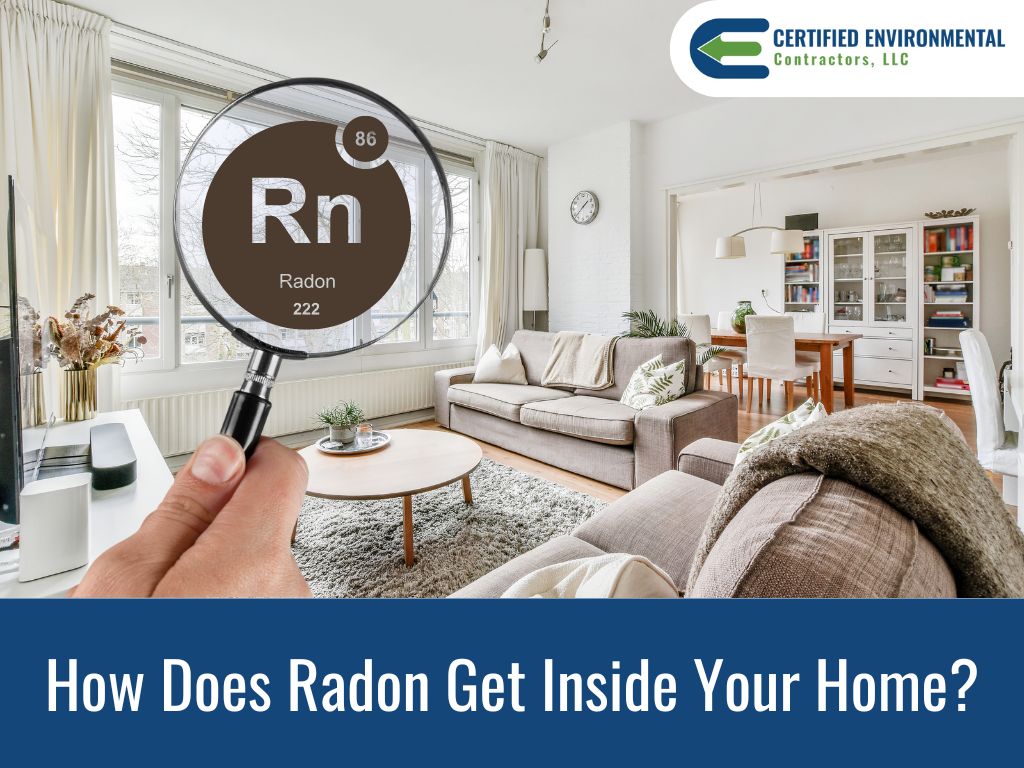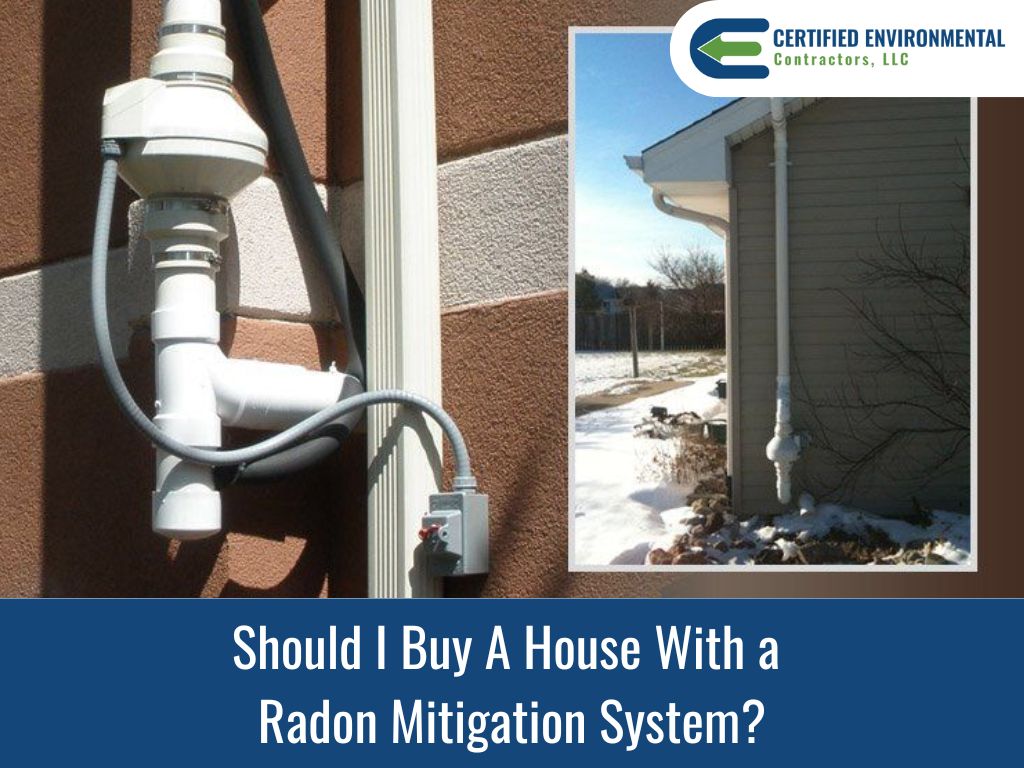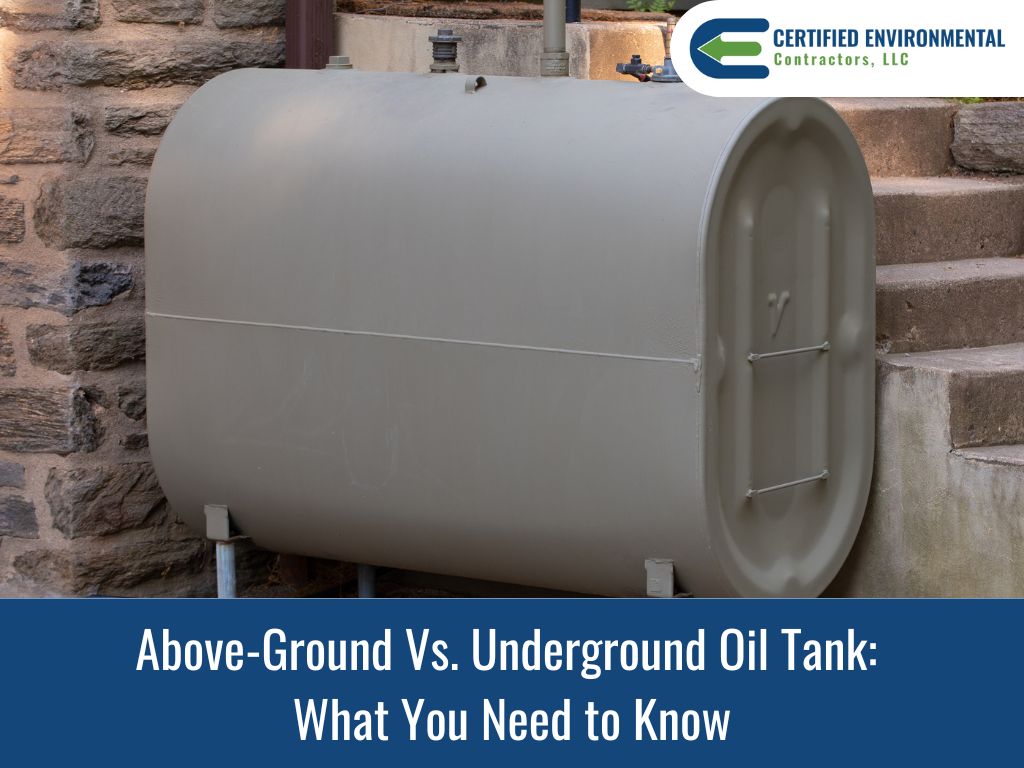Turning Passive into Active: Harnessing the Positive Attributes of Radon Mitigation Systems
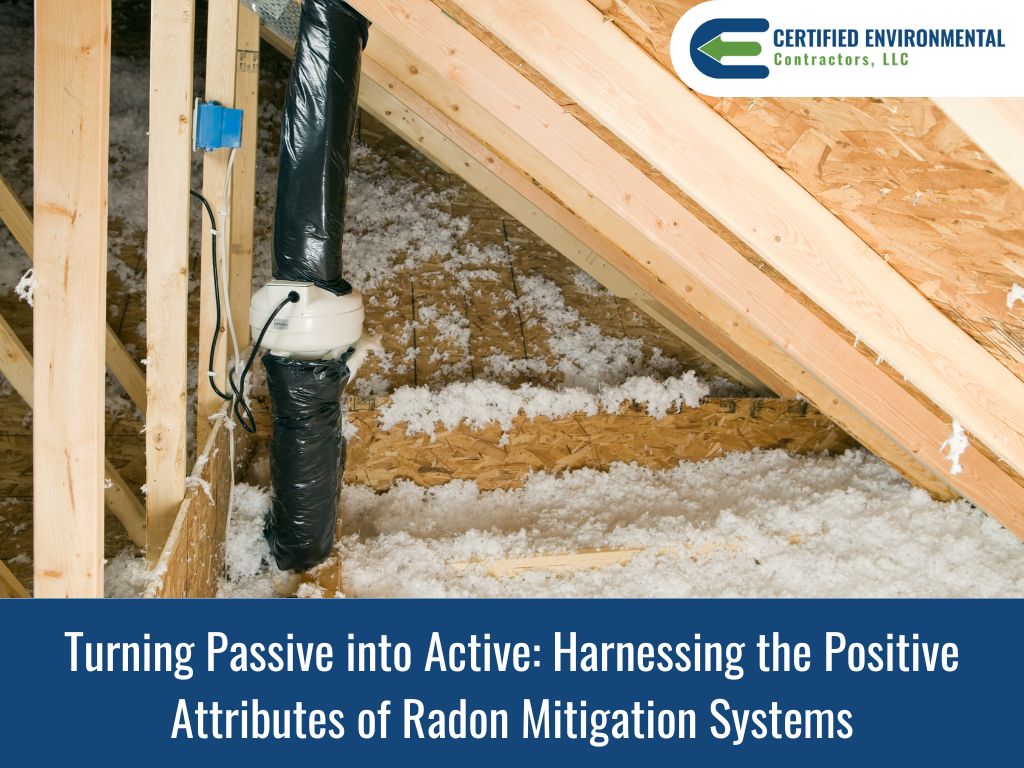
Radon gas is a silent, invisible threat that can seep into homes and pose serious health risks to its occupants. Thankfully, passive radon mitigation systems have been an effective way to reduce radon levels in homes for years. However, there’s a growing trend towards transforming passive systems into active ones, and this transition brings with it a range of positive attributes that enhance the effectiveness of radon mitigation. In this article, we will explore these benefits and why making the switch from passive to active radon mitigation systems is a prudent choice.
Understanding Radon and Mitigation
Radon is a naturally occurring radioactive gas that emanates from the soil and rock beneath homes. Prolonged exposure to high levels of radon can lead to lung cancer, making it a serious health concern. Passive radon mitigation systems typically rely on the natural movement of air and pressure differentials to vent radon gas from beneath the house and prevent its entry into living spaces. While passive systems are effective to some extent, they have their limitations.
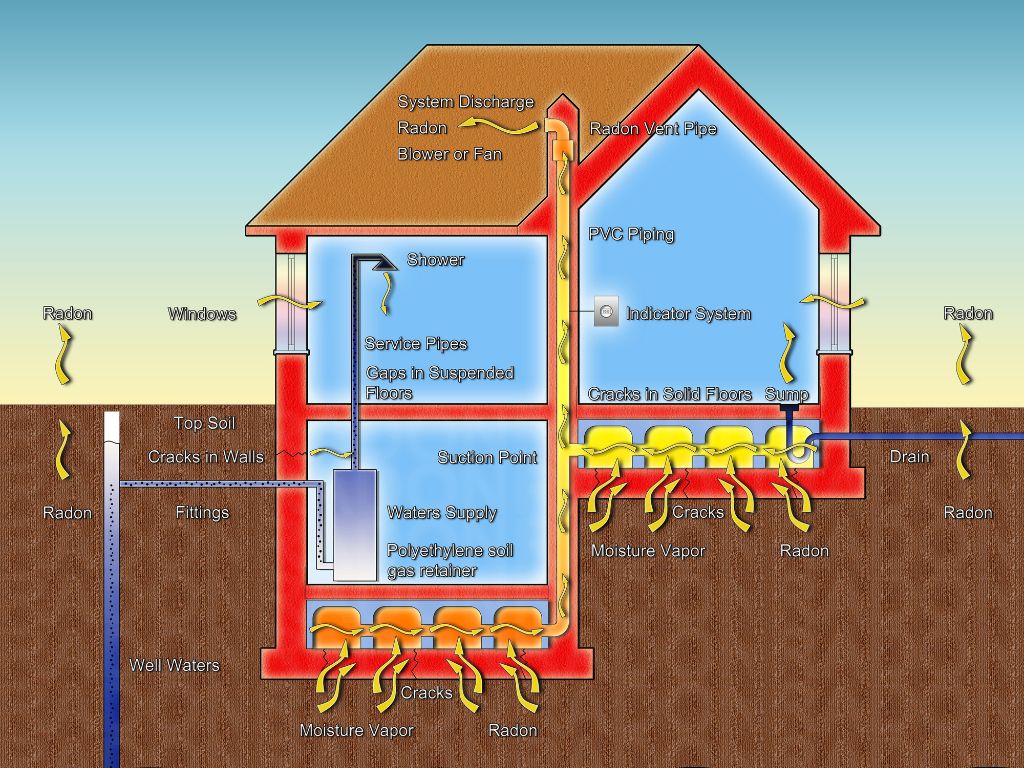
Positive Attributes of Active Radon Mitigation Systems
1. Increased Efficiency
Active radon mitigation systems use fans or blowers to draw radon gas from the soil and expel it above the building, ensuring a constant and controlled flow. This active approach increases the efficiency of radon reduction, resulting in lower radon levels and a safer indoor environment.
2. Customization
Active systems are versatile and can be customized to suit the specific needs of a property. Factors such as the type of soil, the layout of the house, and the local climate can all be taken into account, making active systems adaptable to a wide range of scenarios.
3. Continuous Monitoring
Active systems often include built-in monitoring devices, which provide real-time data on radon levels. This continuous monitoring ensures that any fluctuations in radon concentration are immediately addressed, maintaining a consistently low level of exposure.
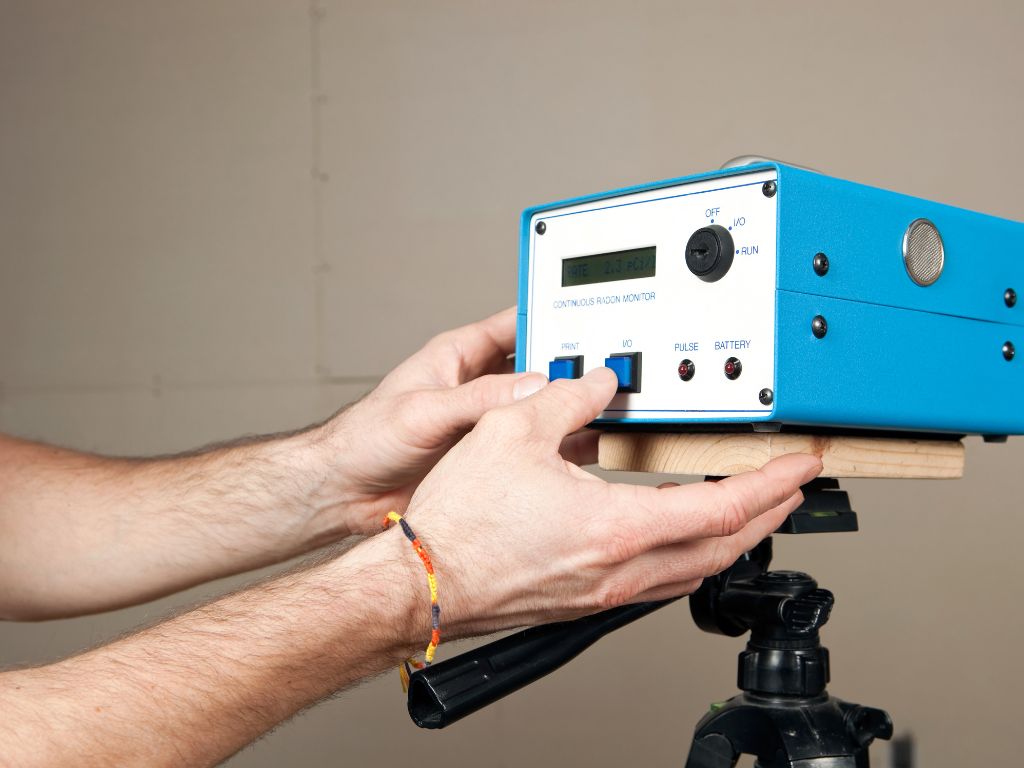
4. Reliability
Passive systems can be affected by factors like weather conditions or changes in atmospheric pressure, potentially leading to variations in their effectiveness. Active systems, on the other hand, rely on mechanical components that are less susceptible to external influences, providing a more reliable solution.
5. Mitigation in High-Risk Areas
In areas with exceptionally high radon levels, passive systems may struggle to provide sufficient protection. Active systems, with their controlled airflow, are better equipped to handle these challenging conditions and offer better radon reduction.
6. Compliance with Regulations
Many local building codes and regulations are beginning to favor active radon mitigation systems due to their reliability and effectiveness. Switching from a passive to an active system can help homeowners meet these requirements and ensure the safety of their homes.
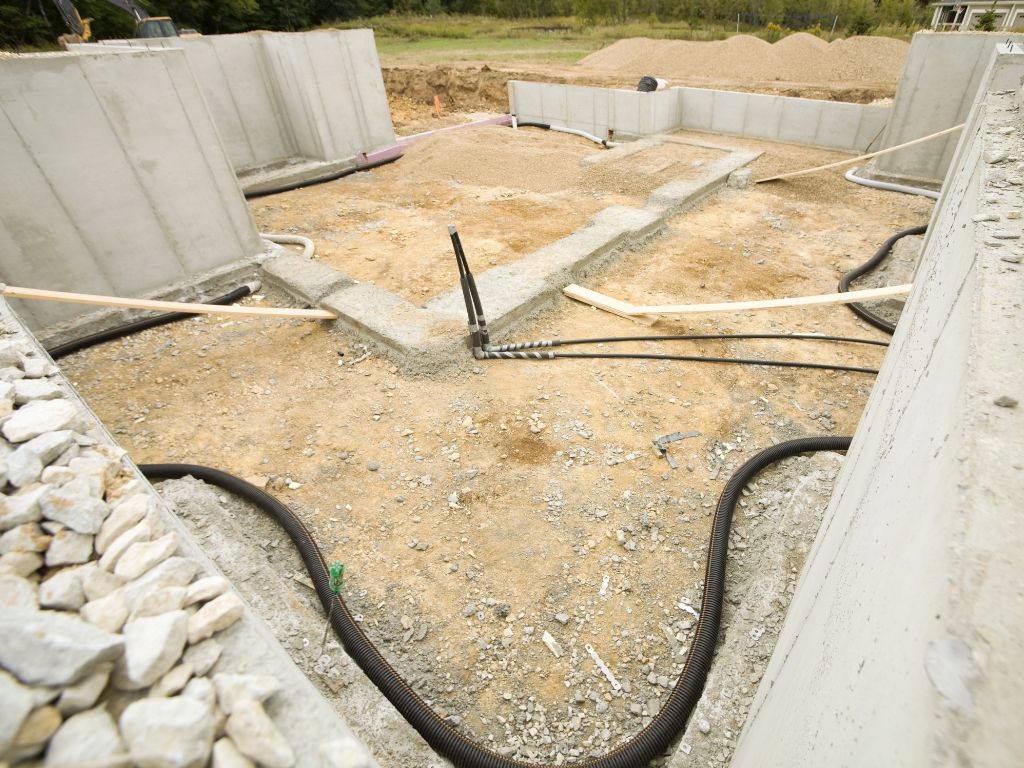
Conclusion
Radon is a health hazard that should not be taken lightly. While passive radon mitigation systems have been a valuable solution, the transition to active systems offers a range of positive attributes that enhance their performance and reliability. The increased efficiency, customization, continuous monitoring, and reliability of active systems make them a compelling choice for homeowners looking to protect their families from the dangers of radon exposure. In areas with high radon levels, the shift from passive to active systems becomes even more crucial. By embracing active radon mitigation systems, homeowners can take a proactive approach to ensure a safe and healthy indoor environment.
Get in touch today or call (732) 538-8407 to learn more about installing radon mitigation services in your home. We look forward to assisting you.

